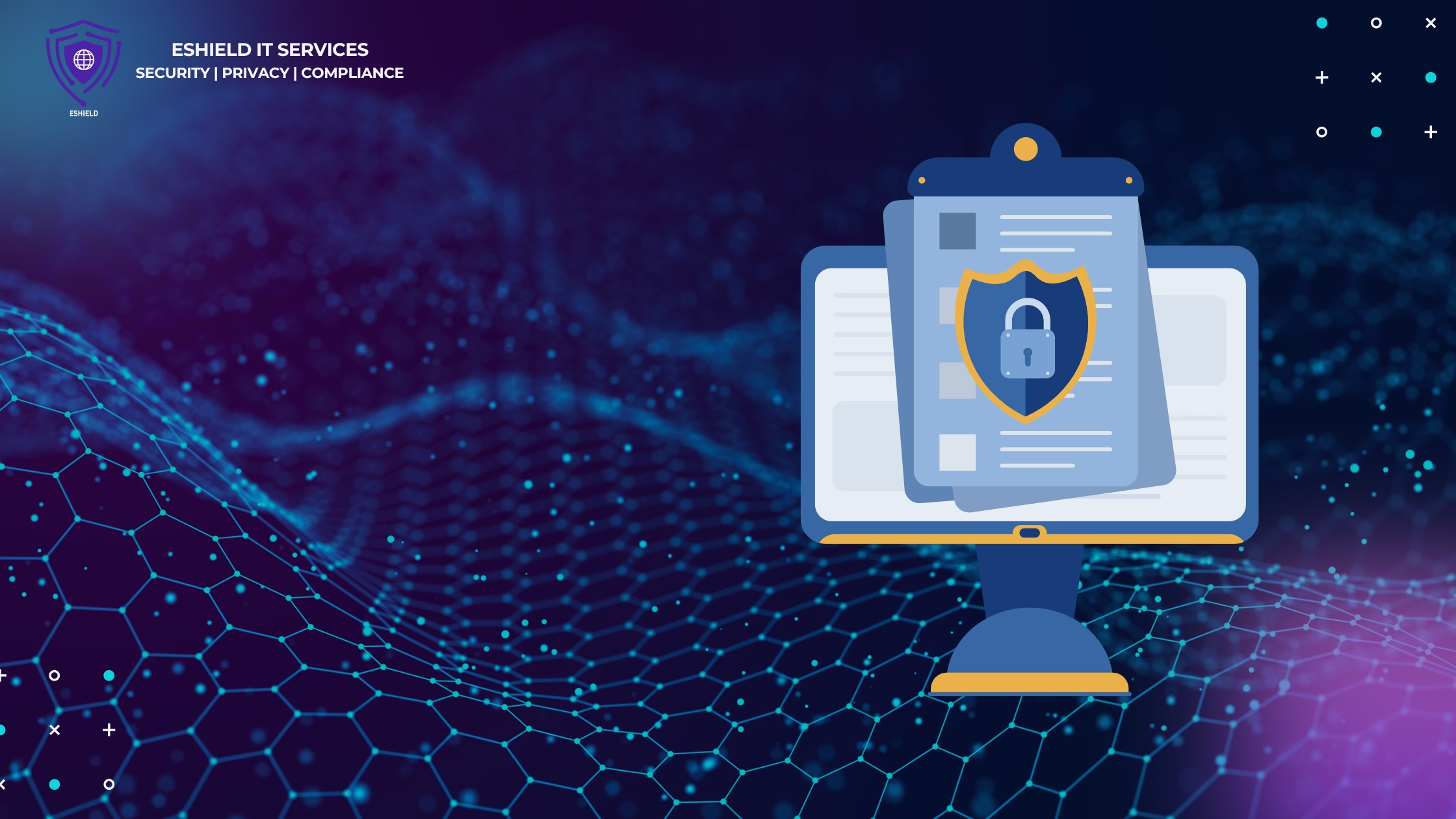Let’s start with a tough but necessary question: How sure are you that your web application is secure?
If your answer is “pretty sure,” or “we haven’t had any issues so far,” it might be time for a reality check. Because in the world of cybersecurity, “no news” isn’t always “good news” — sometimes it’s just a sign that the vulnerabilities lurking in your app haven’t been discovered yet.
In a time where your web app could be serving as your business’s public face, customer service hub, transaction processor, and core product all at once, securing it is no longer a “nice to have.” It’s non-negotiable.
Welcome to the world of Web Application Security Auditing — the proactive, precision-driven process that helps you sleep better at night knowing your application is protected from known and unknown threats.
In this guide, we’ll explore why this process matters, what it actually looks like, and how you can use it to future-proof your web apps — and your reputation.
Why Web Application Security Are Prime Targets
Think about what your web application does. It might handle:
- User authentication
- Personal data
- Payment processing
- File uploads
- API integrations
- Sensitive business logic
That’s a lot of value sitting behind a few layers of code and configuration. For cybercriminals, this is gold.
And unlike older, more static websites, modern web apps are complex. They rely on real-time updates, JavaScript-heavy front ends, external APIs, and constant changes through CI/CD pipelines. Each new feature or integration can introduce risk — often without you even knowing it.
Attackers don’t need to be geniuses. Many use automated scripts to scan the internet for common misconfigurations and unpatched vulnerabilities. If your app shows up on their radar, they’ll take a shot.
And if your app hasn’t been through a security audit, chances are you’ve left a few doors unlocked.
What Is Web Application Security Auditing?
Web Application Security Auditing is the practice of thoroughly evaluating a web application to identify, assess, and document any potential security weaknesses that could be exploited.
It’s not just about running a vulnerability scanner and calling it a day. A proper audit:
- Analyzes how your app handles user input
- Checks for proper authentication and access control
- Identifies risky dependencies or outdated libraries
- Tests how your app behaves under abnormal use
- Explores how business logic can be manipulated
In short, it’s an in-depth security health check — done by humans, backed by tools, with your business goals in mind.
Why “We Have Developers” Isn’t Enough
You might be thinking, “But we have good developers. They write clean code. Isn’t that enough?”
Here’s the thing: good developers are essential — but security is a different skill set.
Most developers focus on functionality and performance. They’re rewarded for building fast, not stopping hypothetical hackers. That’s where dedicated security professionals come in. They think like attackers, not users. They look for what could go wrong — not just what should go right.
Security auditors have a very different mindset. They dig for logic flaws, obscure edge cases, and behaviors you wouldn’t consider unless your goal was to break things.
Even the best devs can overlook critical issues like:
- Improper error handling that leaks sensitive info
- APIs with excessive permissions
- Authentication systems that can be bypassed
- Weak or outdated encryption methods
That’s why auditing is complementary, not confrontational. It’s not about pointing fingers — it’s about uncovering blind spots before they become breaches.
What Happens During a Web Application Security Audit?
Let’s walk through the typical process so you know what to expect.
1. Scoping and Discovery
This is where the auditor learns about your app:
- What technologies is it built on?
- What’s the business function?
- Are there multiple user roles?
- Is source code available?
This stage defines the boundaries of the audit and ensures focus on the most critical areas.
2. Reconnaissance and Mapping
Auditors begin mapping your app’s surface area — endpoints, forms, APIs, routes, and any exposed components. The goal is to understand how the app “talks” to users and the backend.
3. Automated Scanning
High-quality scanning tools are used to quickly identify known vulnerabilities such as:
- SQL Injection
- Cross-Site Scripting (XSS)
- Insecure Cookies
- Broken Authentication
- Outdated software components
This creates a baseline. But automated scans only scratch the surface.
4. Manual Testing and Exploitation
Here’s where the magic happens. Experienced security pros manually interact with the app, looking for:
- Business logic flaws
- Access control failures
- Role-based privilege escalations
- IDORs (Insecure Direct Object References)
- Race conditions
- Session mismanagement
They simulate real-world attacks to see how far they can go without breaking anything — always safely and ethically.
5. API Security Evaluation
If your app exposes APIs (which most do), those endpoints are tested for:
- Authentication and authorization flaws
- Rate limiting
- Excessive data exposure
- Parameter tampering
6. Configuration and Server Review
If the audit includes infrastructure, auditors may review:
- TLS/SSL settings
- HTTP headers
- Server configurations
- Deployment hygiene
These are often overlooked areas that can still pose major risks.
7. Reporting and Recommendations
You’ll get a report outlining:
- Each vulnerability found
- Severity level
- Business impact
- Evidence (screenshots, logs, requests)
- Fix recommendations
Better reports also include a remediation roadmap, prioritized by risk.
8. Retesting (Optional but Critical)
Once you’ve addressed the issues, a second audit confirms the fixes. This closes the loop and validates your improvements.
Real-World Vulnerabilities: What Web Application Security Audits Often Find
Audits frequently uncover issues like:
- IDOR (Insecure Direct Object Reference) — attackers changing IDs in URLs to access someone else’s data.
- Privilege Escalation — regular users performing admin actions.
- Unvalidated Inputs — leading to SQL Injection or XSS.
- Overly Permissive APIs — allowing unintended data access.
- Improper Session Management — like staying logged in indefinitely or sharing tokens across users.
- Broken Access Controls — where users can do more than their role allows.
Even small issues can lead to massive breaches if chained together.
How Often Should You Web Application Security Audit?
There’s no universal rule, but consider these general guidelines:
- At least once per year
- After any major update or deployment
- Before going live with new features
- After a security incident
- When switching dev teams or stacks
The more frequently your app changes, the more often you should audit.
Benefits Beyond Bug Fixes
Security audits aren’t just about finding flaws — they’re about gaining confidence and clarity. When done well, they:
- Build user trust by showing you take security seriously
- Support compliance with standards like GDPR, HIPAA, or PCI-DSS
- Protect business continuity by preventing costly incidents
- Improve developer practices by revealing root causes
- Support fundraising and M&A by demonstrating due diligence
It’s an investment in your app’s long-term success — and your brand’s credibility.
Choosing the Right Web Application Security Audit Partner
Not all audits are created equal. Look for partners who:
- Specialize in web app security (not just general IT)
- Use both automated and manual testing
- Provide clear, jargon-free reports
- Offer post-audit support
- Understand your business goals
Ask for sample reports. Look for certifications (like OSCP, CEH). And above all, choose someone who treats your app like their own.
Closing Thoughts: You Can’t Afford to Guess
If you’re building a web app — whether it’s powering your storefront, handling sensitive data, or serving thousands of users — you can’t afford to just hope it’s secure.
Security is no longer optional. It’s not an afterthought or a “nice to have.” It’s part of building something real, reliable, and worthy of trust.
Web Application Security Auditing gives you the clarity to move forward, the confidence to scale, and the control to stay ahead of attackers.
So ask yourself again:
Is your web app truly secure?
If you’re not 100% sure — it’s time to find out


